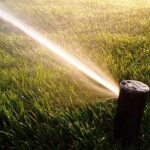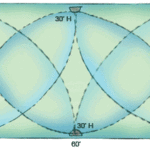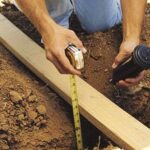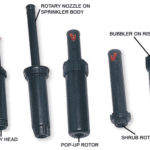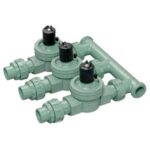Learn to perform repairs on sprinkler and irrigation systems with his expert how-to, with fixes for poor spray, leaks, and gushing water from risers.
A variety of problems can occur with lawn and garden sprinklers. Here we look at how to repair some of the main ones.
Sprinklers Spray Poorly
If a sprinkler head is spraying poorly or not at all, be sure the sprinkler valve is turned all of the way on. If it is, dirt or debris has probably clogged the sprinkler head. You will need to clean it. First turn off the sprinkler and then do the following:
First try a quick, simple cleaning—just try to clear the head’s water slit or hole with a piece of small-diameter, stiff wire or a knife blade.
For hard-to-clean heads and other certain types, unscrew the head and check for a small filter screen. Flush the screen and/or the head with running water.
If the problem is with a pop-up brass head, clean any debris away from the wiper seal on the stem. If several heads in a row have this problem, the water pressure may be too low to raise all of the heads properly.
You can also replace the heavy brass heads with lightweight plastic types.
If spray patterns are directed the wrong way, you can simply turn the sprinkler head in the right direction.
You can also substitute a head with a different pattern—a half or full-circle pattern, for example. Or, you can change the adjustment of adjustable heads. Turn the sprinkler on and plan to get wet when you do this.
A small screw on the top of stationary spray heads adjusts water flow; turn it counterclockwise with a small (1/8-inch-wide) screwdriver to open it or clockwise to decrease the spray. If the screw is completely open, try increasing or decreasing the flow at the valve.
On rotary-style heads, look for the spray-limit adjustment on the head.
Leaky Outdoor Faucet
A seat washer controls water flow inside a hose bibb. When this washer wears out, the faucet drips. To fix it, turn off the water supply to the faucet and disassemble the handle. Remove the valve, replace the washer, and reassemble everything.
Water Gushing from Sprinkler Riser
When water gushes freely from a sprinkler but stops when you turn off the sprinkler control or valve, the sprinkler head is loose or has fallen off, or the riser is broken. Turn off the sprinkler valve before starting.
Methods for replacing a sprinkler head depend on the type. For a raised head (such as a shrub head), just hold the riser with locking-jaw pliers and turn the head counterclockwise with an adjustable wrench.
For a ground-level sprinkler, you’ll need to dig down to where you can unscrew the riser from the threaded tee or elbow.
Lawn sprinklers, which are flush to the ground, are more difficult to grip and turn. To do this, use a universal head wrench.
First, dig down to the threaded tee or elbow, clearing away all surrounding soil so it doesn’t fall into the pipes when you disconnect them. Unscrew the broken riser by turning it counterclockwise.
If a plastic riser has broken off inside the tee or elbow, use a sprinkler pipe extractor wrench like the one shown to remove the broken piece. If you don’t have one of these, you can try tapping a chisel into the broken piece, wedge the chisel against one edge, and turn it counterclockwise. Be careful not to damage the tee or elbow’s threads.
Replace the riser with a new one of the same length. Flush dirt from the line by turning on the sprinkler valve for a few seconds before replacing the head.



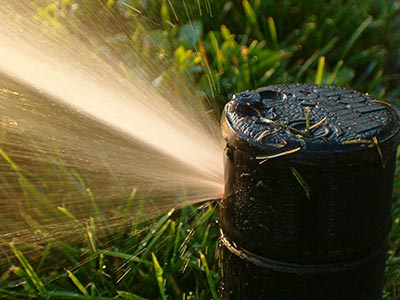
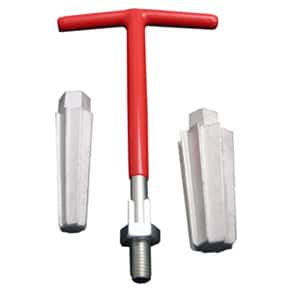
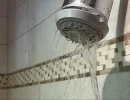


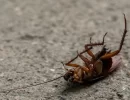
 Don Vandervort writes or edits every article at HomeTips. Don has:
Don Vandervort writes or edits every article at HomeTips. Don has:
